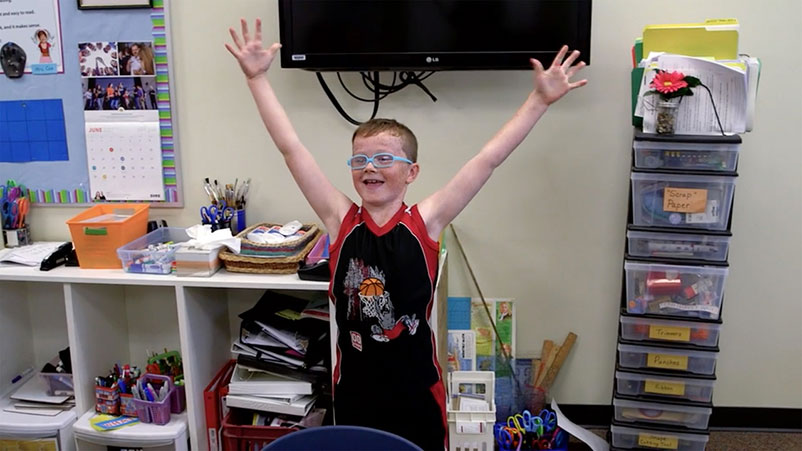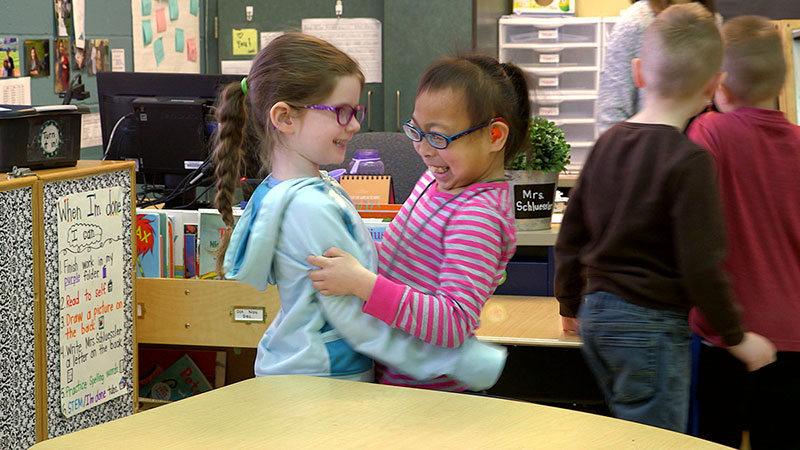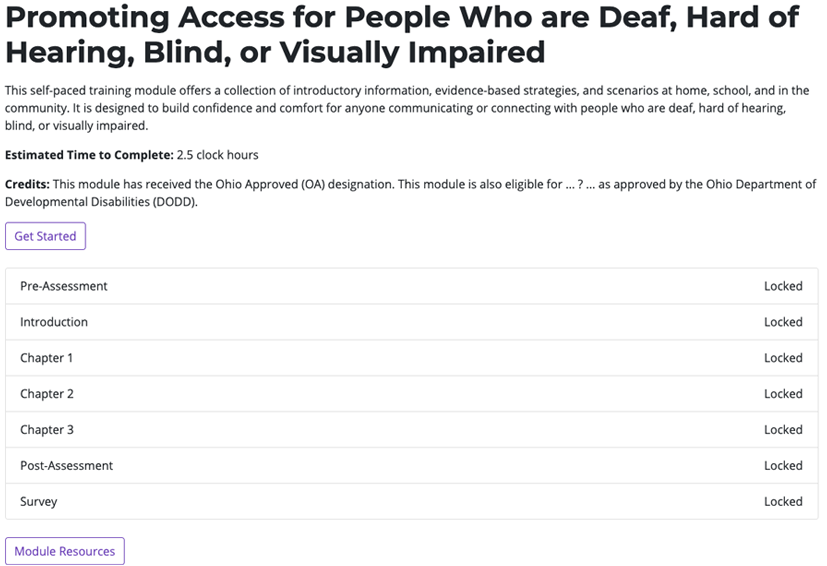Promoting Access Module Resources
Video: Promoting Access for People Who are Deaf, Hard of Hearing, Blind, or Visually Impaired - Trailer
What is Audio Description?
When Audio Description (AD) is enabled, descriptive language narrates what is on the screen. To learn more, visit our accessibility webpage.
Video Player Help
Kaltura Video Hosting: This website uses Kaltura, a video hosting company, to serve video content. If you are having difficulty viewing videos on this site, it may mean that your location (e.g., school district, organization) is blocking or filtering the Kaltura website. Please contact your IT personnel to resolve this issue.
Accessibility: We strive to make this website accessible for all users, including people with disabilities. To learn more visit our accessibility webpage.
Captions / Transcript
After hitting play you can access an interactive transcript for this video by selecting the Show Transcript icon![]() in the top right corner of the video when you select play.
in the top right corner of the video when you select play.
You can turn on captions by selecting the Enable Captions icon![]() in the bottom right corner. Captions can also be turned on by selecting the Settings icon
in the bottom right corner. Captions can also be turned on by selecting the Settings icon![]() , where you can also set your caption preferences.
, where you can also set your caption preferences.
When available, you can use Spanish subtitles for this video by selecting Settings![]() and choosing Spanish in the Captions drop down menu.
and choosing Spanish in the Captions drop down menu.
You will get answers to common questions such as:
- How do I approach a person who is blind or visually impaired in a social setting?
- How do I communicate with someone who is deaf or hard of hearing if I don’t know sign language?
- What are some environmental considerations for making my classroom more accessible?
- What specific strategies can I use today?
How Is The Information Organized?
This self-paced online module offers a collection of introductory information, evidence-based strategies, and scenarios at home, school, and in the community designed to build confidence and comfort for anyone communicating or connecting with people who are deaf, hard of hearing, blind, or visually impaired.

Introduction
In this module, you will gain insight into factors that can impact how a person receives information using sight, sound and touch. You will also learn some simple and effective strategies to get you started with some basic supports.

Chapter 1. Establishing Relationships
The relationships we form with one another are an important part of our social and emotional well-being. Understanding how we are similar and how we are different enriches our interactions and strengthens our bonds.

Chapter 2. Understanding Supports
Supports can come in many forms. Supports might be people, they might be ways our environment is structured, or they might be tools that are used for access.

Chapter 3. Access in Action
Observe these new strategies in real life scenarios at home, at school, and in the community.
The module contains an introduction and three chapters that are available anytime, anywhere. Review each section at your own pace. Chapter reflective questions allow you to apply the information on your own or with a group.
